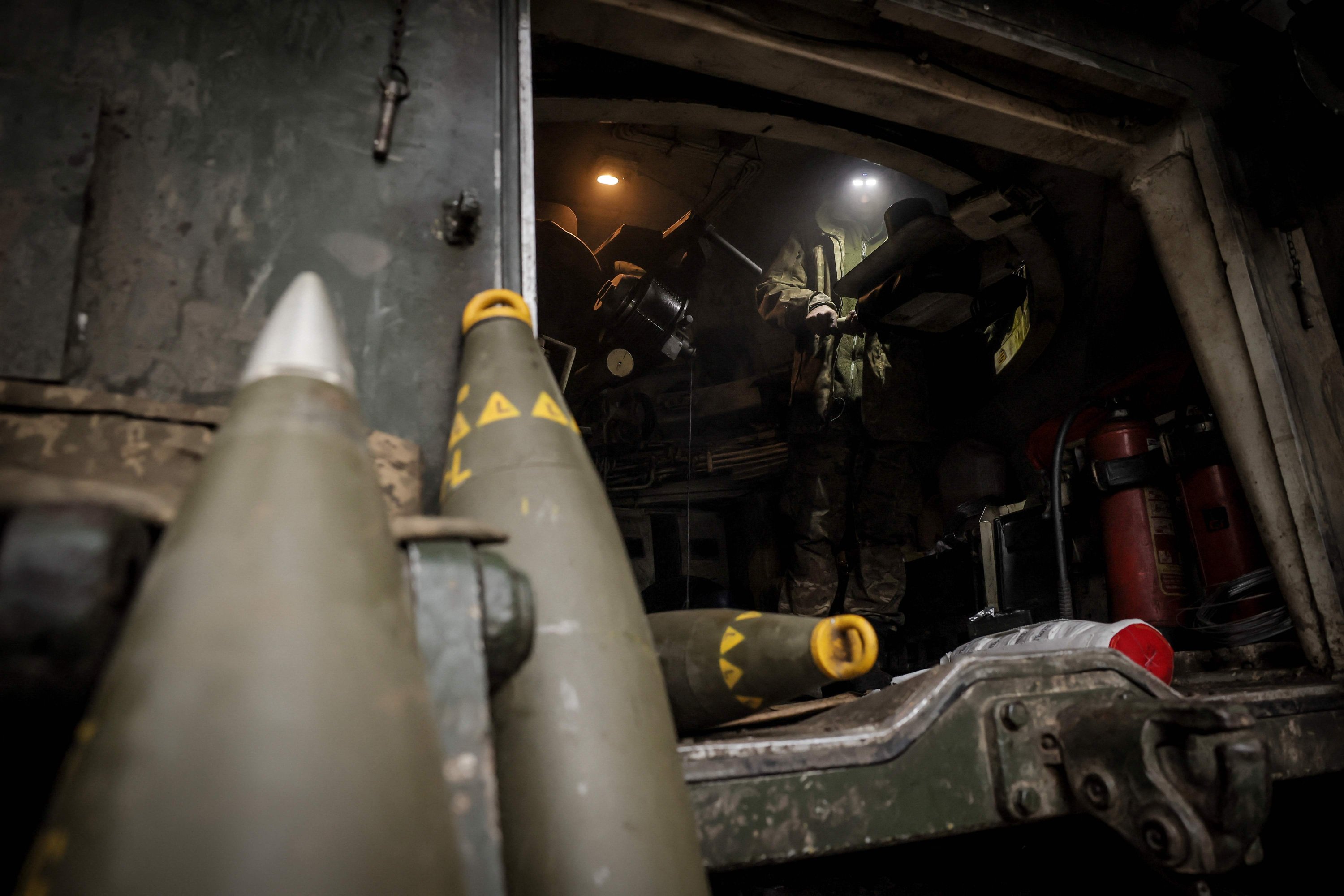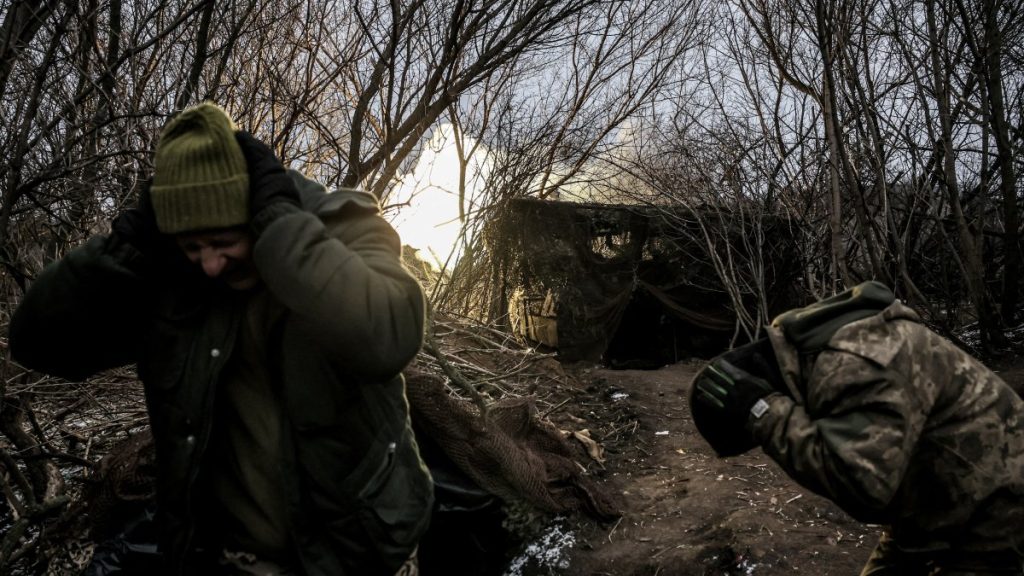In August 2022, Russian forces launched an offensive that turned the Battle of Bakhmut into one of the bloodiest and most grueling battles of the Ukraine war. The city’s eventual capture by Russia on May 20, 2023, came after eight months of relentless trench warfare, reminiscent of the Battle of Verdun during World War I.
Since World War II, the largest global military mobilization carried expectations of a seismic shift in modern warfare. However, the war in Ukraine has demonstrated that while technology has redefined many aspects of life, the fundamentals of modern warfare remain rooted in its brutal, attritional nature. Although a Zeitenwende – a historic turning point – was expected, what we see on the ground is a more complex blend of hybrid and conventional warfare where kinetic (armed engagements, artillery barrages) and non-kinetic methods (cyberattacks, disinformation) are used extensively by both armies.
Russia was expected to subjugate Ukraine quickly, echoing Germany’s Blitzkrieg tactics during World War II. However, war is never a zero-sum game; it is a corrosive process shaped by countless variables, including geography, morale and strategy. Battles such as Bakhmut, Bucha and Irpin reveal a war of attrition rather than rapid conquest.
Russia’s initial offensive in 2022 failed to capture Kyiv but seized nearly 18% of Ukrainian territory. Ukraine’s first counteroffensive reclaimed almost 16,000 square kilometers (over 6,000 square miles) of land. Yet neither side has managed decisive breakthroughs despite using drones, precision weapons, hypersonic missiles and space-based surveillance. These technologies have influenced the battlefield but have not fundamentally determined the outcome of the war.
Stuck in the mud
The harmony between satellite-derived maps and drones capable of reconnaissance and attack has brought tactical and operational success. The drones are not only large-scale unmanned aerial vehicles (UAVs) with high altitude capability or unmanned combat air vehicles (UCAVs) but also devices easily accessible to everyone, called Costco drones. By modifying them for the battlefield, Ukraine has become a “Drone Laboratory.”
While this enhances operational success, geography still influences cause and effect in every battlefield aspect. In Ukraine, which has mostly flat terrain, bridges, rivers and weather are taken into account in tactical decision-making. However, there is another enemy of tank battles on such a terrain: mud.
Many Russian tanks were seen stuck there. Thus, the Ukrainian army can easily ambush and destroy Russian armored vehicles with man-portable air-defense systems (MANPADS) in areas with restricted roads. At the same time, tactically important bridges are being demolished, so natural barricades are being established.
For this reason, waiting for the mud to freeze on flat terrain and weather conditions alters the timing, structure and outcome of operations. Despite technological means, the impact of natural phenomena is a crucial part of the decision-making mechanism. It has been observed in every seasonal transition that due to geographical difficulties, both sides reinforce their lines in winter and as the weather warms up, counteroffensive operations on the battlefield become more frequent.
Tactical factors
In a war fought by brigade-level units attached to corps, it is impossible not to mention military personnel. In addition to superiority in numbers, there is always a need for soldiers with tactical discipline to use technological tools effectively. In addition to the military aid coming to the field, the decline of “boots on the ground” and the consequent weakening of the defense mechanism, in particular, still points to the manpower factor.
In this respect, Russia is better suited to a prolonged war of attrition. The federation can procure its personnel from other territories under its rule, from convicts to foreign fighters. To break through the defensive line, it is still engaging in old primitive methods, using its superiority in numbers to launch a brutal offensive around Kharkiv. This tactic, which Ukraine calls the “meat assault,” allows Russia to exhaust the defense line by using its soldiers as cannon fodder.
It is crucial to remember that personnel operating in the field are more than just statistics. Their level of dedication can vary as supplies become scarce in the field. Ukraine has faced dire manpower shortages, with reports of soldiers deserting under the strain of conflict. So far, around 100,000 Ukrainian soldiers have absconded, with most being classified as absence without leave (AWOL).
In addition to various challenges, Ukraine’s counteroffensive failures in 2022 were compromised by strategic blunders. Instead of concentrating troops in key positions, Ukraine launched simultaneous attacks in several areas.
The Kursk counteroffensive was no different. The Ukrainian army on Aug. 6 initially showed promise but ultimately stalled due to a lack of troops and weapons, with the latest U.S. military aid still on the way. The first invasion of Russian territory since World War II was initially highly anticipated. At first, they made rapid progress, but at some point, Russian forces retook some of the territory they had held. Currently, Ukrainian troops on Russian territory are vulnerable.
This operation, which should have changed the course of the war, has at least partially weakened Ukrainian positions, with heavily fortified territory now in Russian hands. The capture of Avdiivka by Russian forces in the first months of 2024 is an example. In a state of war, defense is always easier, while offense is a very tough action for both sides. However, as a result of these setbacks, Ukraine has been at its most vulnerable since 2022.

Unending casualties
Despite technological advancements, war remains a realm of immense human and material loss. Precision-guided weapons may reduce collateral damage, but the death toll remains staggering. According to current figures, approximately 80,000 Ukrainian and 200,000 Russian soldiers have died, although exact figures are elusive. The warring parties are reluctant to disclose precise casualty figures as they do not want to give the enemy information about the effectiveness of their operations.
A closer look at these data shows that Russia has suffered the highest number of casualties in Ukraine compared to previous wars – 18,000 in Chechnya and 15,000 in Afghanistan. Since Moscow is likely to face a shortage of manpower in the medium term, it has also begun to recruit soldiers from North Korea.
While this may appear to be just a supply of troops to Russia, it could actually give Pyongyang experience of war. Troops sent to Kursk, including an elite North Korean unit, got bogged down in the mud of war. According to Ukraine, more than 3,000 North Korean soldiers were killed or wounded.
Even technology has its vulnerabilities on the battlefield. Soldiers’ use of internet-connected devices has exposed positions and put their lives at risk. When casualties increased on both sides, soldiers were disciplined with certain usage restrictions. However, the use of these devices has not completely ceased.
Change and continuity
While technology provides new tools, the enduring “fog of war” means that uncertainty remains a constant on the battlefield. Although Ukraine’s recent use of unmanned robots, along with drones and the mounting of machine guns on some of them, has transformed the battlefield, it has yet to affect the course of the war.
The nature of warfare continues to evolve, shaped more by changing perceptions and force structures in response to emerging threats. This transformation has led to new military capabilities adapted to recent conflict situations. However, rapid advancements, particularly in artificial intelligence, hold the potential to redefine the future of conflict. We are in an era where low-intensity conflicts are seen more frequently than high-intensity warfare. In other words, it’s not technology but new types of war that have changed our era. The question remains: Will these technological breakthroughs lead to a decisive change, or will war remain fundamentally unchanged in its human and strategic dimensions?


